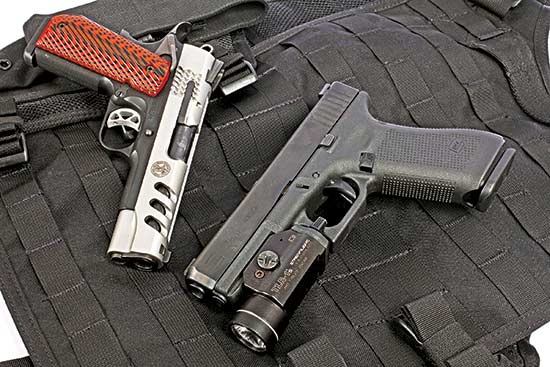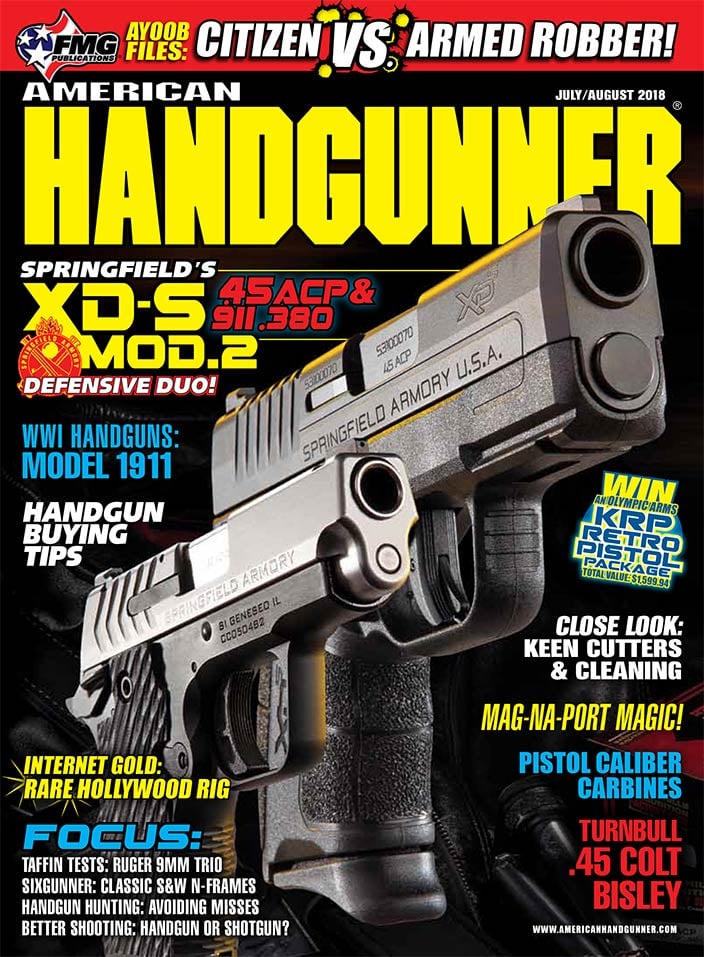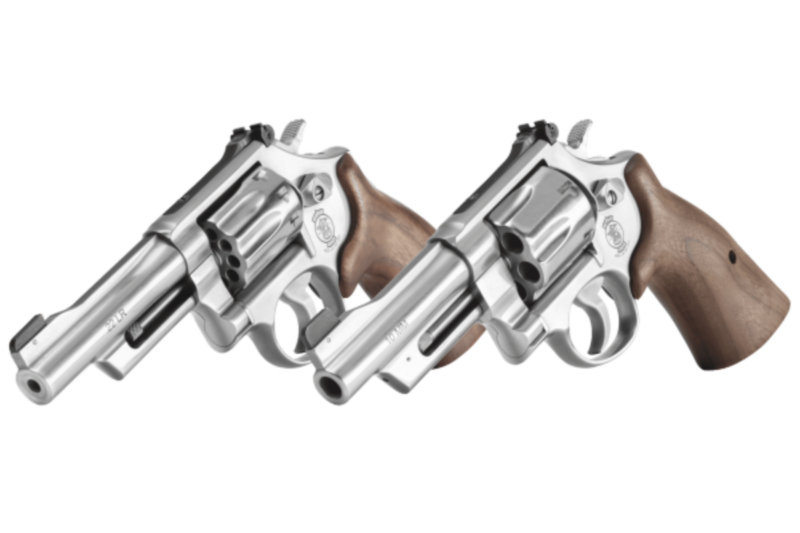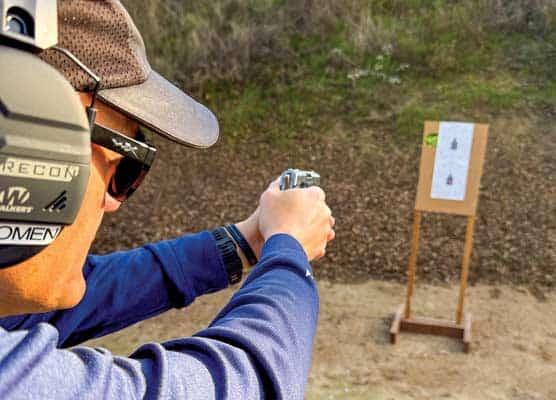The Current Rise Of The 9mm
Every year, I chair the panel of experts on firearms/deadly force training at the conference of ILEETA, the International Law Enforcement Educators and Trainers Association. A few years ago, one of the questions was, “What’s behind the tidal wave of police going back to 9mm service pistols?” The panel’s collective answer was, it’s certainly a rising tide but it’s not yet a tsunami.
Now, it is turning into a tsunami. We’ve seen departments switching from .357 SIG to 9mm, and from .40 S&W to 9mm, with the FBI leading the charge there. And even from .45 GAP to 9mm, as has the Georgia State Patrol and South Carolina Highway Patrol.
The current rise of the 9mm in American policing is not a first-time phenomenon. It’s more like a Renaissance. Back in the Eighties when the big switch from service revolver to autoloader really took place, almost everyone chose 9mm. Same bore diameter as the familiar .38/.357, lighter recoil, and — the big thing selling the chiefs on replacing round guns with square ones — lots more ammo on board.
With the ammo of the day, typically 115-gr. JHPs of “cup and core” design, the issue was what was colloquially called “stopping power.” Case after case where the bad guy took bullet after bullet and kept on coming led department after department to go to something bigger. In a cataclysmic 1986 incident exhaustively covered in past issues of Handgunner, a 115-gr. Silvertip 9mm stopped just short of a gunman’s heart, allowing him to critically wound multiple FBI agents and kill two — including the one who had fired the fateful Silvertip.
In the late 1980s the Bureau decided on the new 10mm Auto cartridge with a relatively mild 180-gr./1,000 fps power level. In 1990, S&W and Winchester introduced the .40 S&W round, with exactly those ballistics but in a shorter cartridge allowing guns with more ergonomic grip sizes and more cartridges on board. Seen as the ideal compromise between .45s with fewer rounds in-gun and 9mms with more, the .40 instantly achieved huge popularity in law enforcement.
The Return
It’s ammunition technology fueling the second coming of the 9mm. From FBI to the laboratories of some ammo makers came insistence that, with new ammo like the Speer G2 (Gold Dot 2, if you will), came the proclamation 9mm power was now equal to .40 and .45 and even .357 SIG. The verdict is not yet entirely in as to whether or not this has been proven in the field, but the results are already compelling. And the 9mm had been offering other positive benefits for police use all along.
In no particular order: More ammo on board. Consider identical-except-for-caliber pistols like the super-popular GLOCK. G17 9mm: 18 rounds in the gun, 52 on the person assuming two full spare mags. G22 .40: 16 in gun, 46 on person.
For the bean-counters: with less lead, copper, brass and powder, 9mm ammo is cheaper. For instructors who care more about officer skill than bean-counters; the limited budget provided more cartridges per dollar when training with 9mm instead of .45. We all agree the ability to hit the right part of the opponent is unquestionably the single most important part of getting a violent criminal to cease his actions sooner.
And, for the shooters: less recoil, meaning less muzzle rise, less flinch and hopefully less jerking of the trigger finger. Most people, cops included, simply find lighter-kicking guns easy to shoot fast and straight. And the ability to shoot fast and straight is, obviously, critical.
100 Percent?
The 9mm tsunami has not entirely swamped the land. Illinois State Police went to .40 in the late ’90s and appears to be staying there for the foreseeable future. In Virginia, the state troopers still carry and love the dynamic .357 SIG. Many agencies are staying big-bore too.
If there was one perfect handgun and load for police work, all cops would carry this to the exclusion of all others. But each individual has his or her own perception of the balance of gun and ammo attributes, and every agency has its own institutional perception.
There are agencies as large as Chicago PD, LAPD, and Las Vegas Metro where cops have a choice of 9mm, .40 or .45. Choice is good, though. Confidence and competence intertwine.








